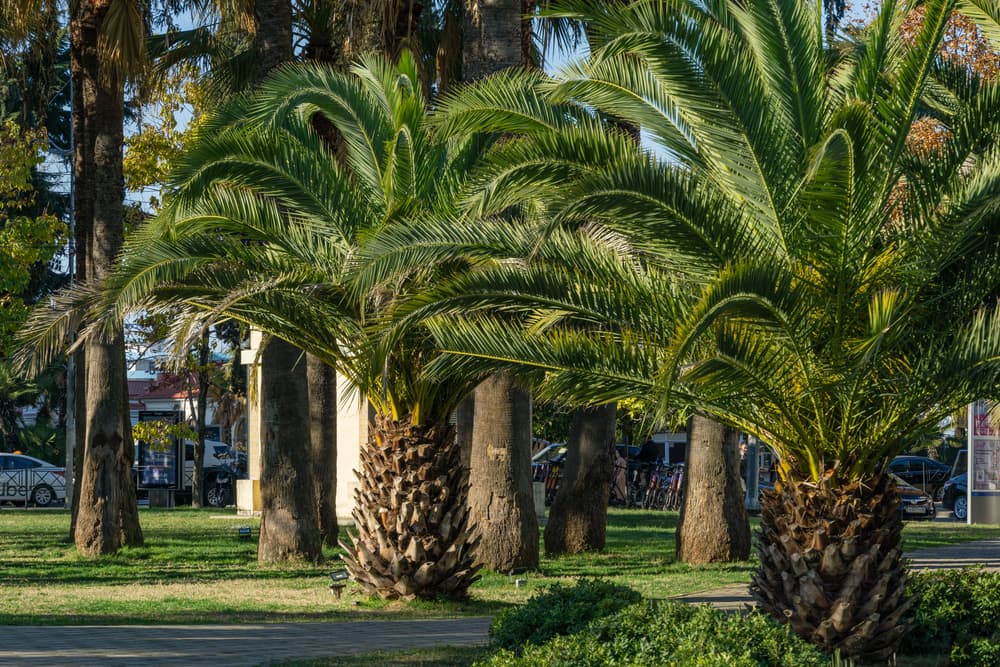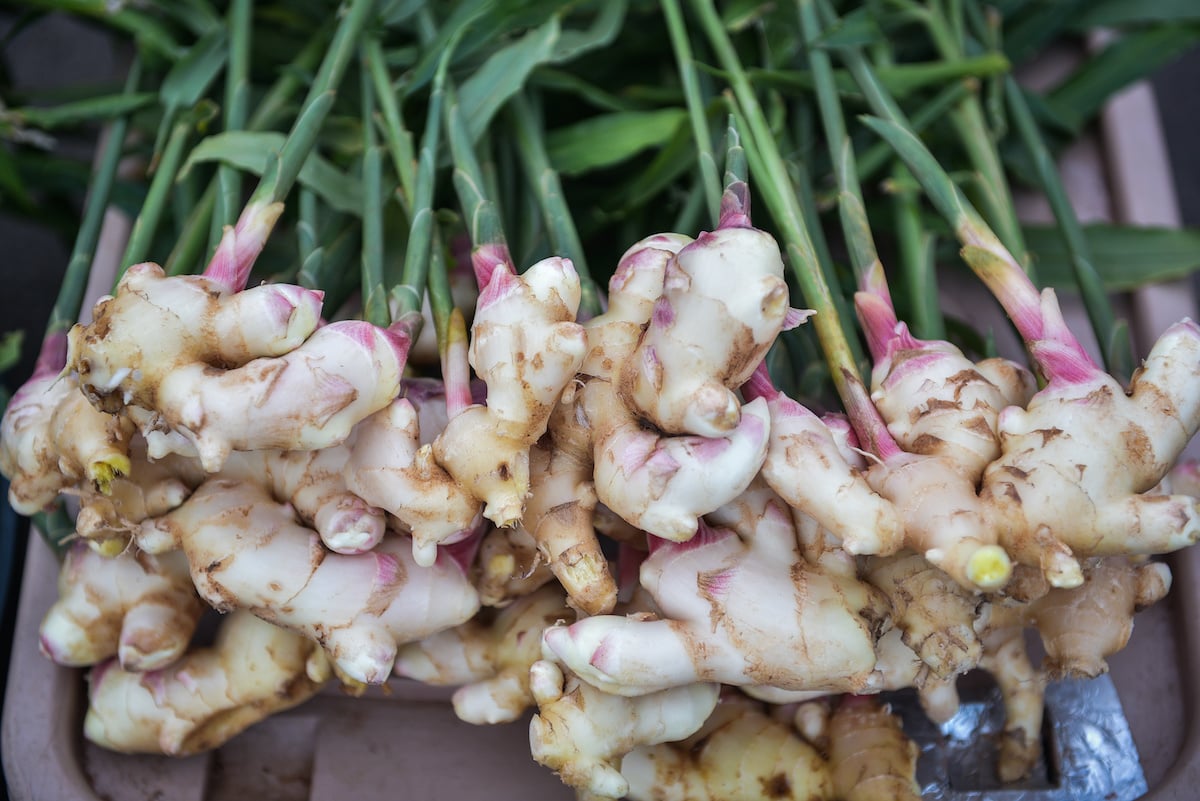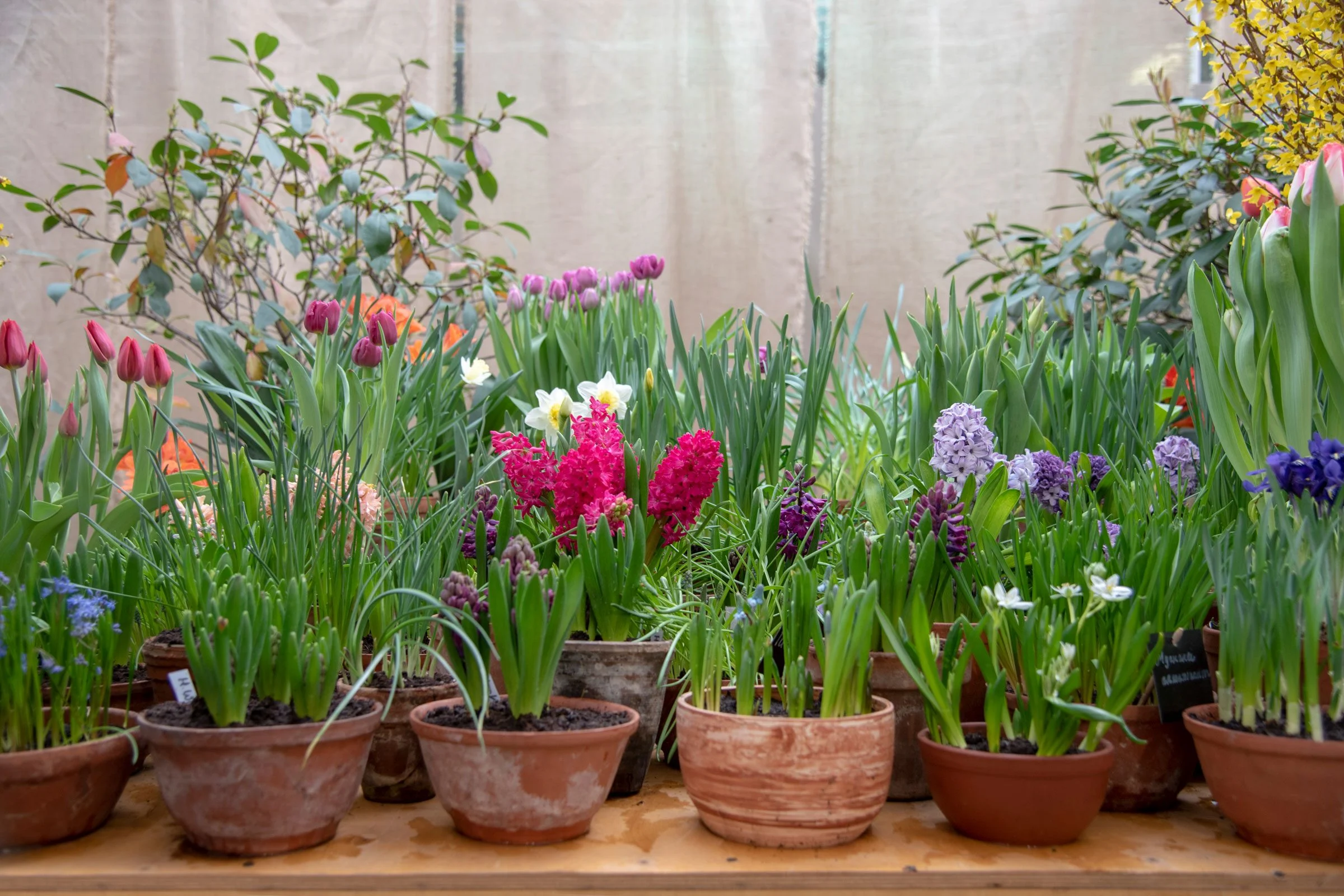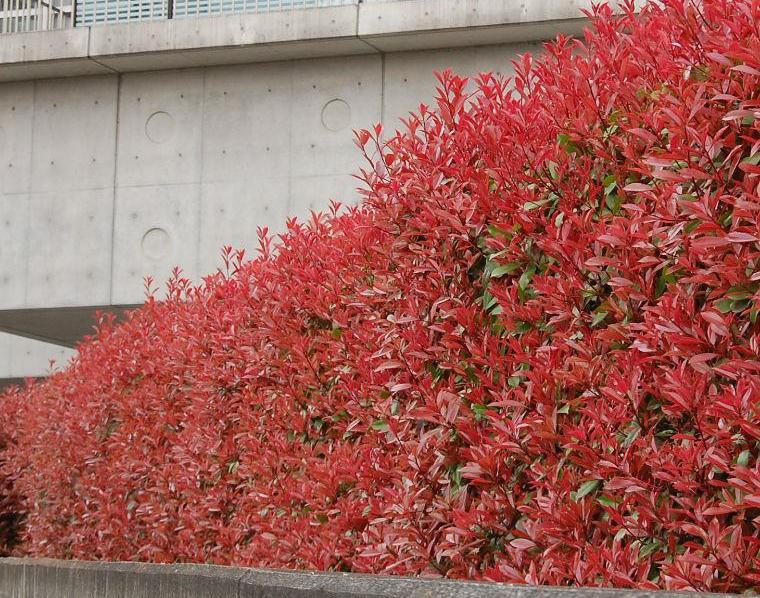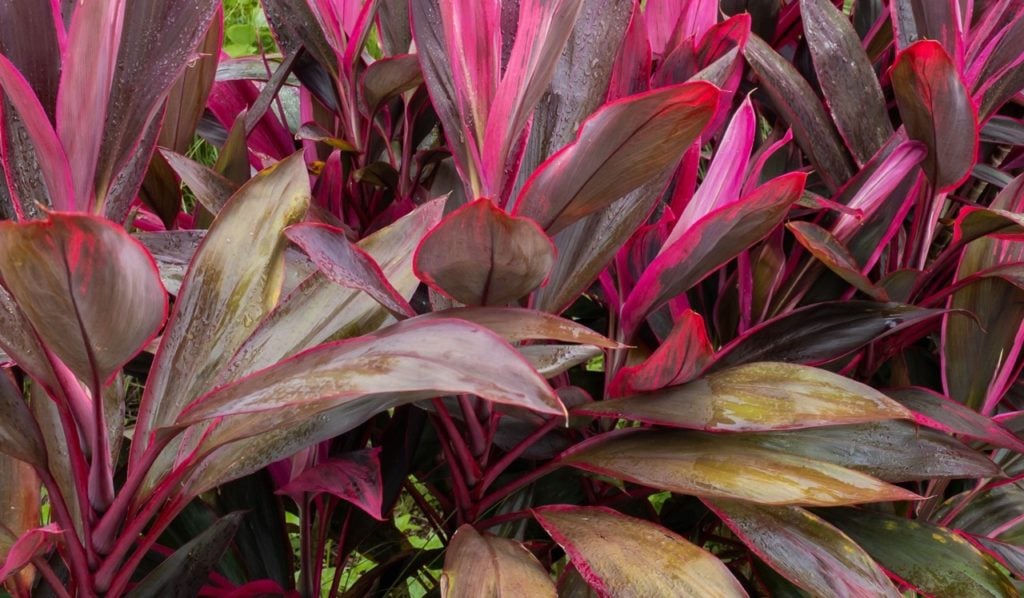Discover What Soil is Best for Palm Trees
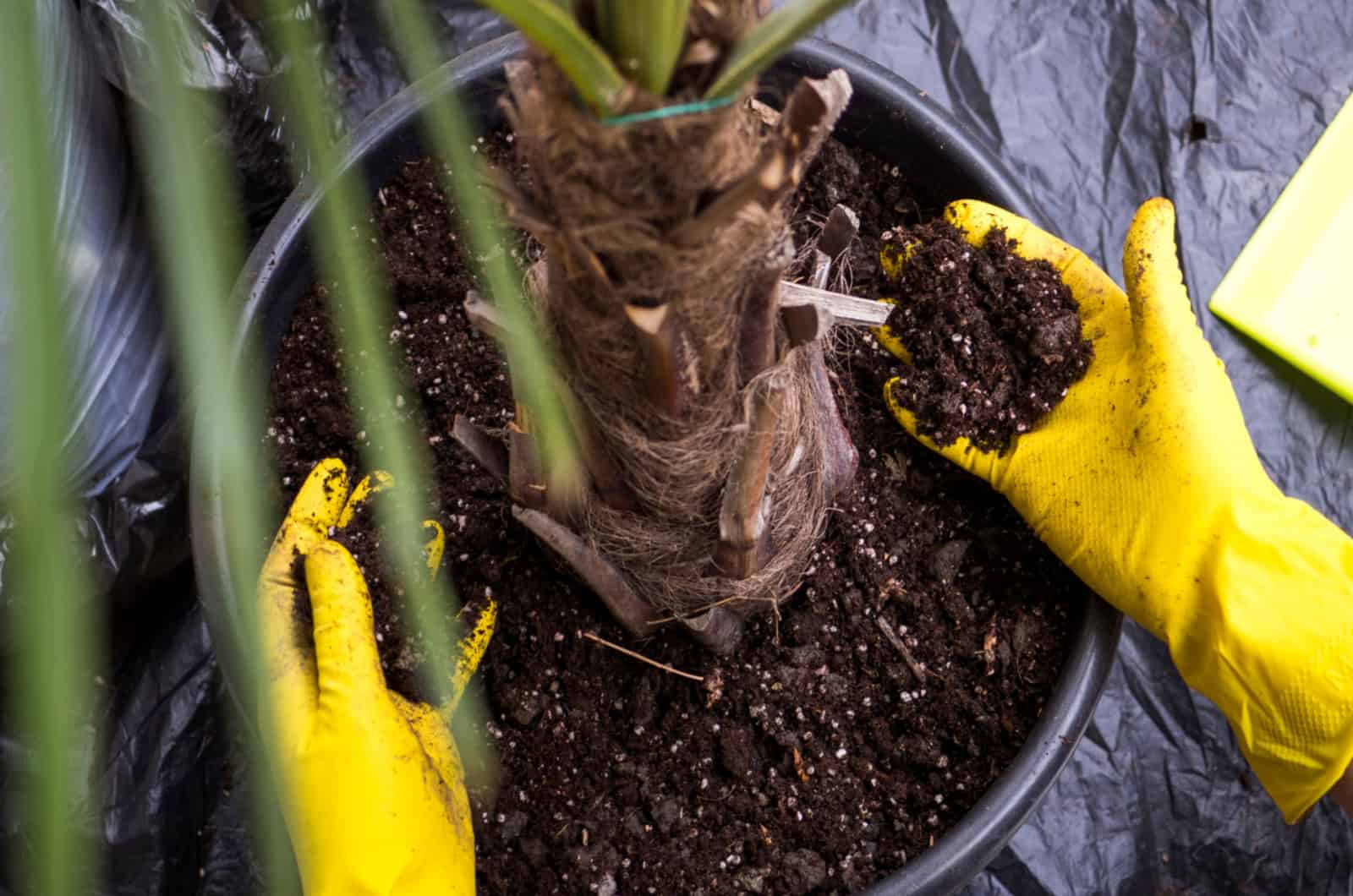
Table of Contents
When it comes to planting palm trees in the UK, you might wonder, What soil is best for palm trees? It’s a common question for those who want to add a touch of the tropics to their gardens.
Well, we’ll do the research because we will make this simple and easy to understand. For the best palm trees in the UK, the right soil is a must. You want it just right. Palm trees prefer well-draining soil.
That means soil that lets water pass through easily, so the roots don’t get soggy. Soggy roots are a no-no for palm trees.
Now, you don’t need to be a gardening expert to get this soil right. Just think about soil that’s like a sponge.
Soil Goodness for Plants
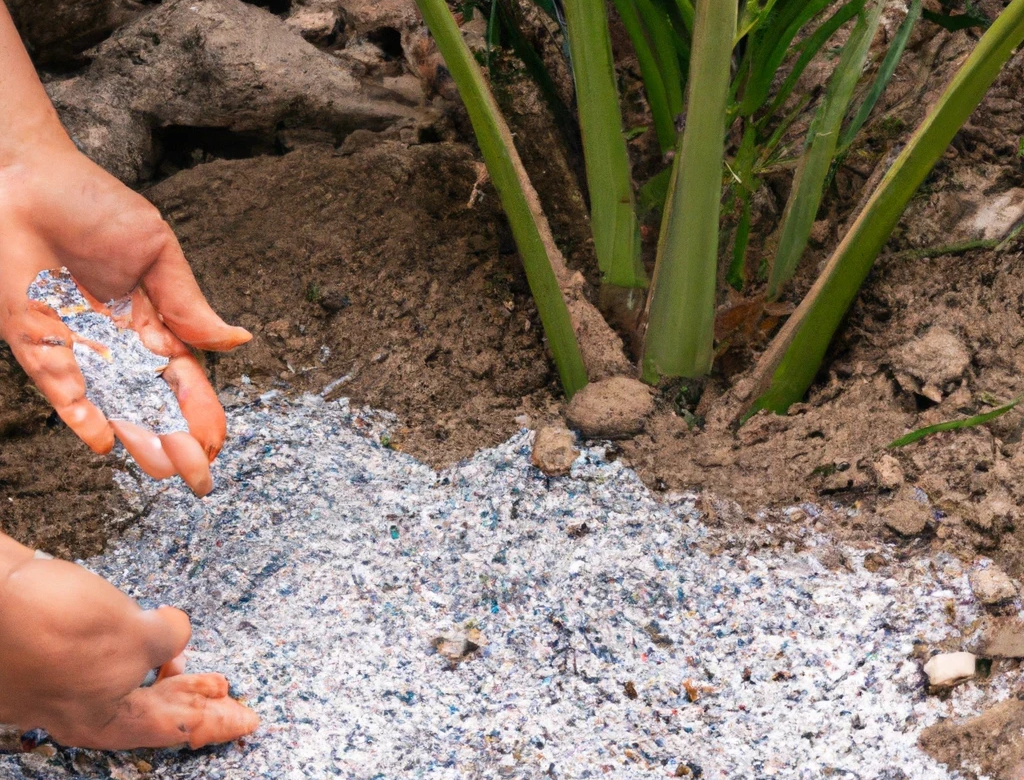
The quality of the soil where you plant your palm trees really matters. It affects how healthy and lively they grow. To make your palm trees thrive, you need the right soil. This soil should have good drainage, be loose and crumbly, and have lots of natural stuff in it. This special soil helps the tree roots get nutrients and water without getting too wet, which can harm them.
See if Water Flows Through the Soil
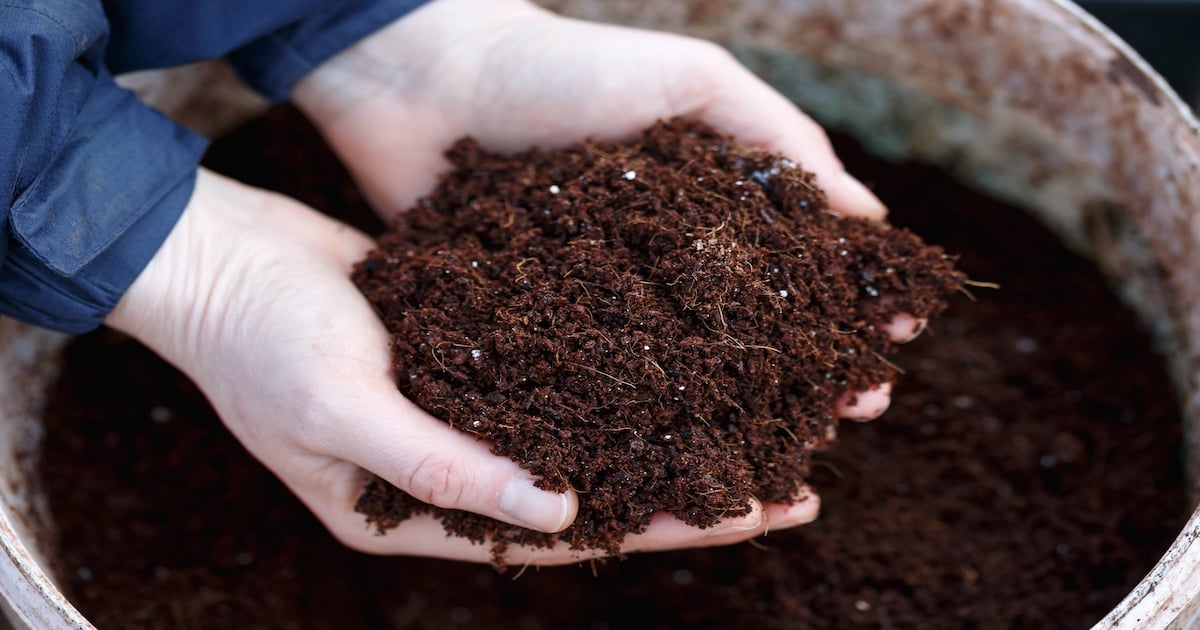
Good soil drainage is super important for keeping palm trees healthy. If the water doesn’t drain well, it can cause problems like root rot. To check the drainage, dig a hole about a foot deep and pour in some water. The key is to see how fast it disappears. If the water stays for a long time, like more than a few hours, it’s a sign that the soil might not drain well. But don’t worry, there’s a solution! You can fix it by adding things like sand or organic stuff to the soil. This can make the soil drain better and keep your palm trees happy.
Keep Your Palms Healthy
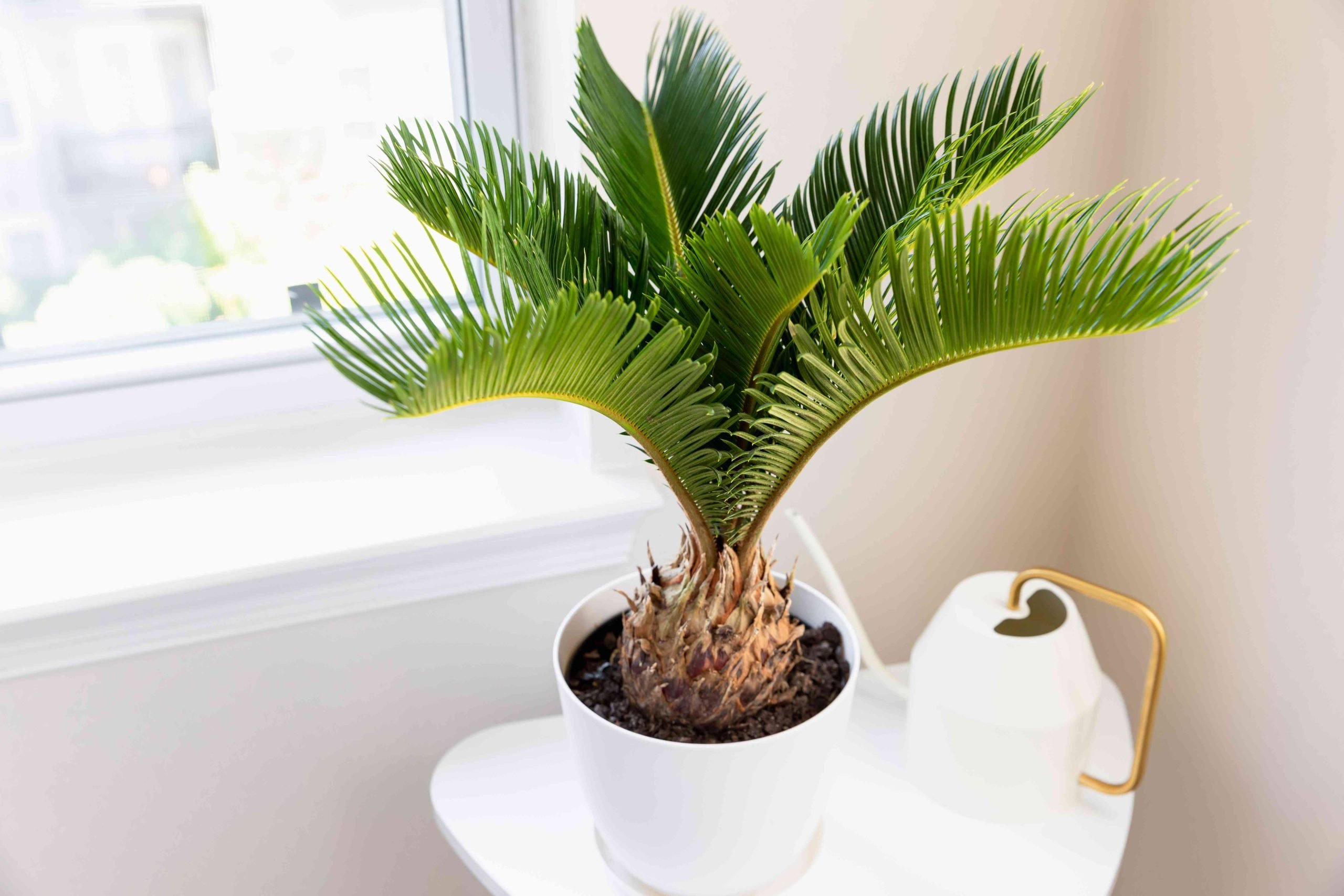
Keeping an eye on the health of your palm trees is really important to make sure they stay healthy. Take a look at the leaves regularly to see if they have changed color, have spots, or if there are any bugs on them. Change how much you water and fertilize the palm tree based on its needs. If you see any problems, deal with them quickly so they don’t worsen.
Plant and Make Palm Trees Grow

Growing and taking care of palm trees is a bit of a process. First, you need to find a good spot with lots of sunlight and room for the palm trees to grow big. When it’s time to plant, start by digging a hole that’s about twice as wide as the roots but just the right deepness. Next, be gentle when you take the palm tree out of its container. Put it in the hole and ensure the top of the roots is level with the ground around it. Now, fill the hole back up with soil, pressing it down gently to keep everything steady. Finally, give the palm tree a good watering to help its roots connect with the new soil.
Trim Palm Trees: When and How
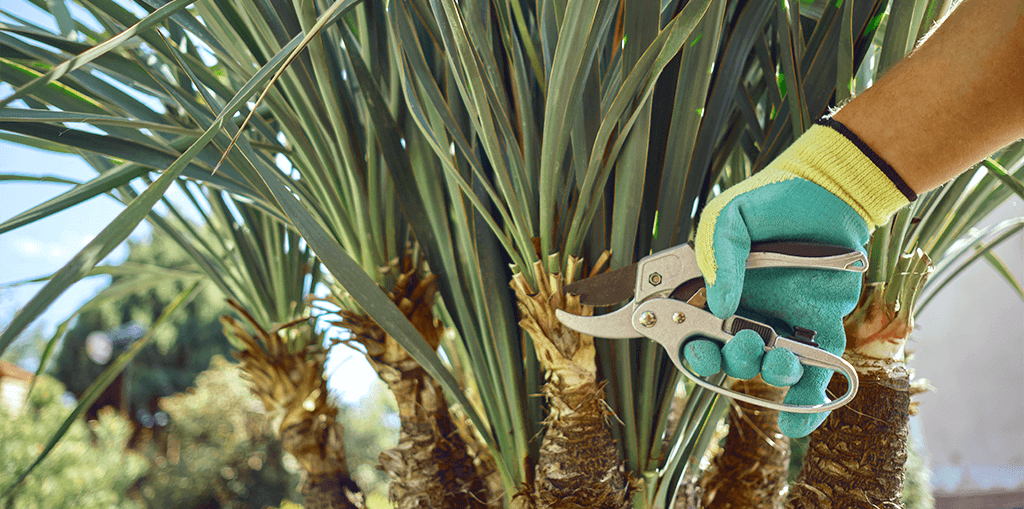
Trimming palm trees is important for their health and how they look. It’s best to trim them in the warmer months using a palm trimmer, like spring or early summer, when they’re growing a lot. Take off dead or yellowing leaves because bugs and sickness can hide there. Cut only the leaves that hang below a straight line to keep the tree looking natural and stop hurricane cuts. Don’t cut too close to the trunk, or you might hurt the tree. Use clean and sharp cutting tools to avoid tearing the leaves.
Bugs and Sickness Hurting Palm Trees
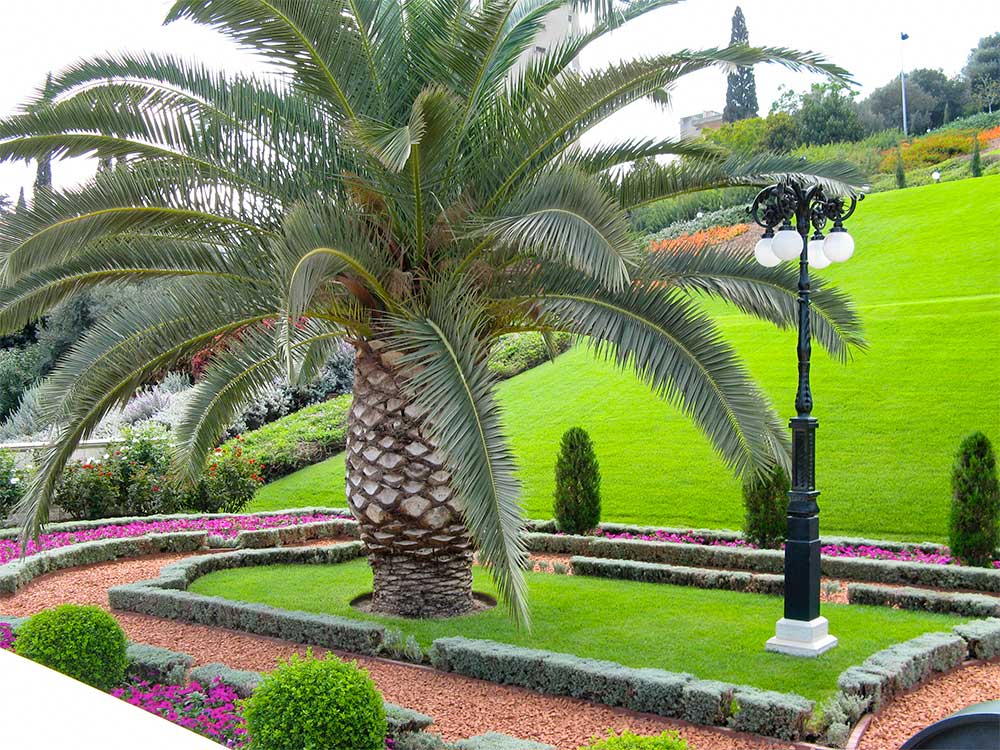
Palm trees can have problems with different sicknesses and bugs. One usual issue is Ganoderma butt rot, a sickness caused by fungi that rots the lower trunk. To stop this, don’t hurt the trunk and ensure water can flow away. Lethal Yellowing is another worry, making fronds droop and die. Get a professional to find and treat these sicknesses. Bugs like palm weevils can get into trees and make them worse. Look for early signs like drooping or holes in the fronds. Often, check and use bug sprays on trees if needed.
Water to Go Away
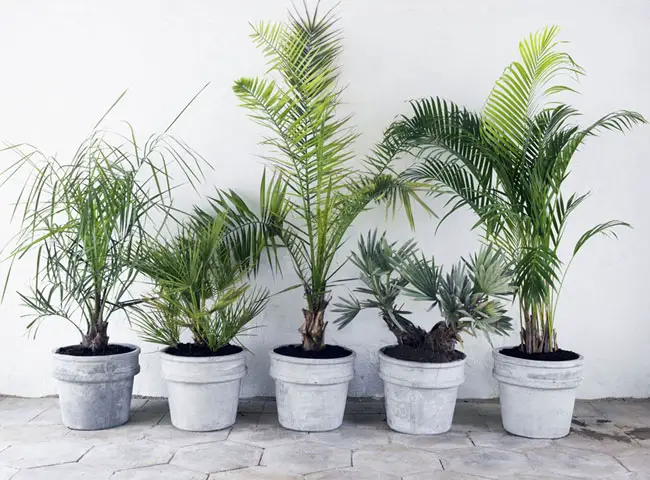
Good drainage is crucial for palm trees. They like soil that drains well to avoid root problems. When you plant them, pick a spot with soil that doesn’t trap water after rain. To improve drainage, mix in sand or perlite if your soil is heavy. Make sure the hole you dig for planting doesn’t turn into a water puddle, as that can harm the roots. Proper drainage lets the roots breathe and prevents soggy conditions that can attract pests and diseases organically.
Soil Sourness for Palm Trees
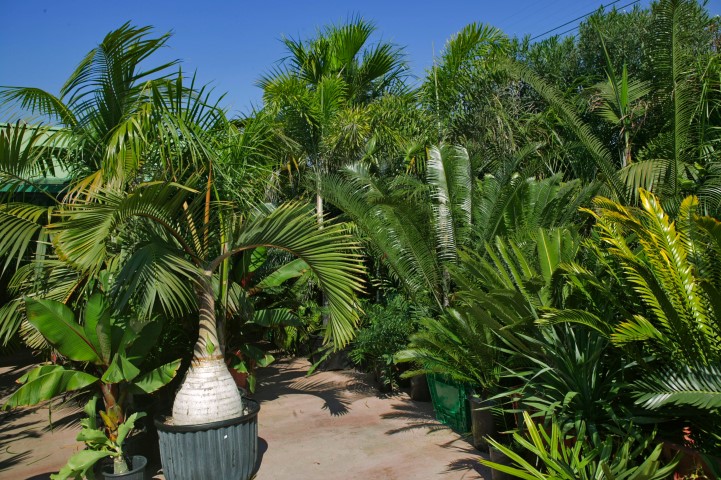
Most palm trees like soil that’s a bit sour, not too sweet. A pH level between 6.0 and 7.5 is usually good. But different palm types might want something slightly different. To know for sure, do a soil test. If your soil is too sweet, you can add sulfur to make it more sour. The right sourness helps palm trees soak up the nutrients they need and keeps them healthy.
Conclusion
When it comes to finding the right soil for palm trees, it’s important to remember that they like soil that drains well. This means the water shouldn’t sit around their roots for too long, as they don’t like wet feet. You should use soil that’s sandy or loamy because these types of soil let the water flow through easily. Avoid heavy clay soil because it holds onto water too much. Palm trees also need soil that’s a little acidic to neutralize pH. Around 6.0 to 7.0 is just right.
You can check the pH with a simple soil testing kit from your local garden store.

